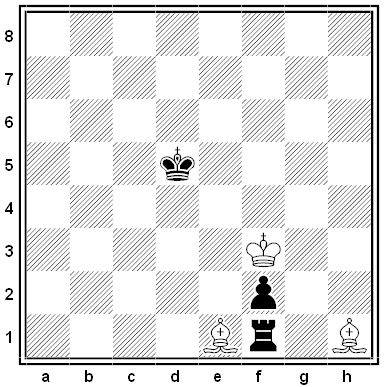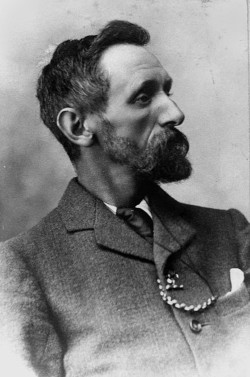Back in 2017 I wrote about the Feynman ciphers, three coded messages that had been presented as challenges to Richard Feynman in the 1950s.
Feynman couldn’t crack them, and even at the time of my post only the first of the three had been decoded — it turned out to be a transposition of the opening of Chaucer’s Canterbury Tales in Middle English. But in May 2023 David Vierra solved the other two — one turns out to be an excerpt from A.E. Housman’s 1896 poem “Terence, This is Stupid Stuff,” and the other is the start of Feynman’s 1953 paper “Atomic Theory of the λ Transition in Helium,” from The Physical Review.
Who was the “fellow scientist” who had devised these challenges? Nick Pelling thinks the most likely candidate is Paul Olum, who had been Feynman’s officemate at Los Alamos in the 1940s, but hard evidence is lacking. More at Cipher Mysteries.
(Thanks to reader Peter Dawyndt for the tip.)






